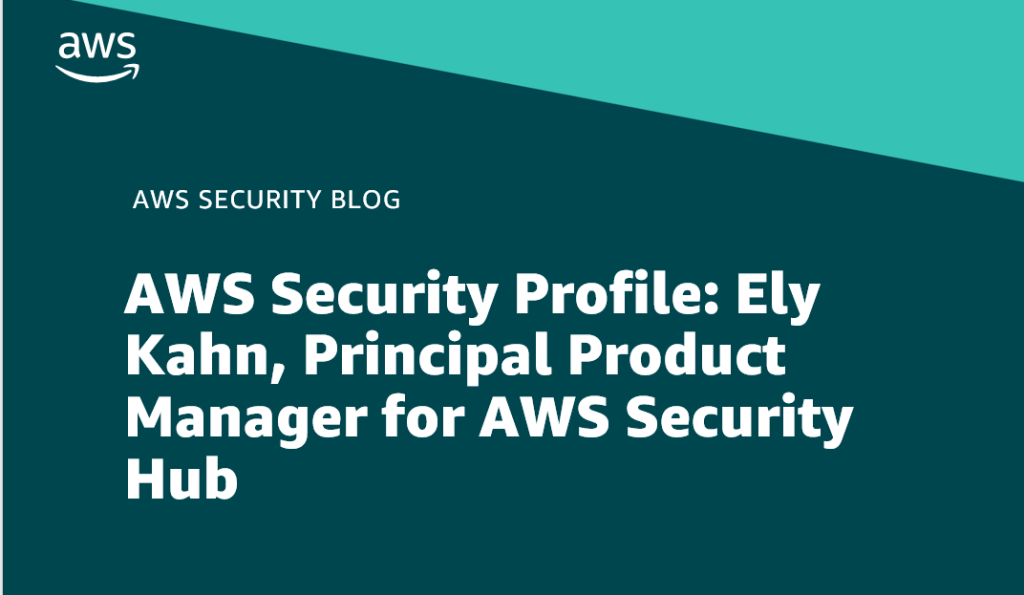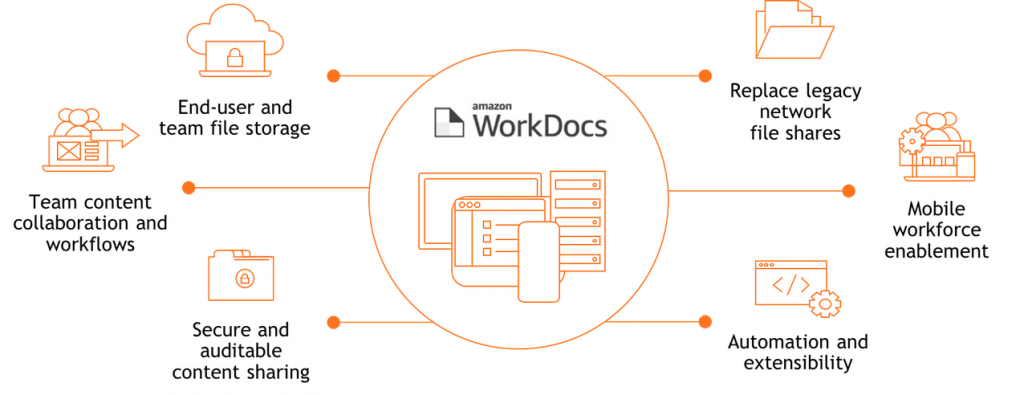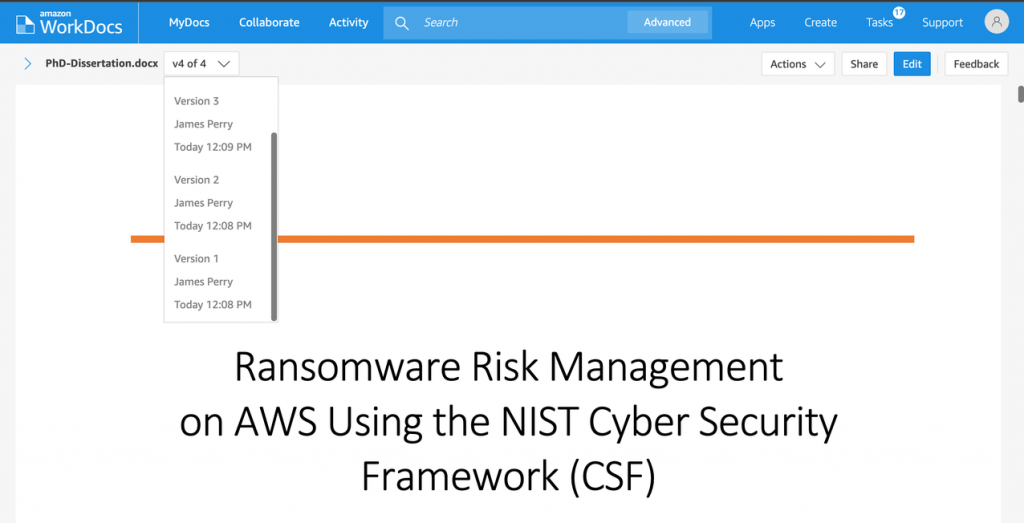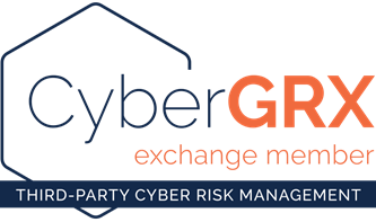Post Syndicated from Maddie Bacon original https://aws.amazon.com/blogs/security/aws-security-profile-ely-kahn-principal-product-manager-for-aws-security-hub/

In the AWS Security Profile series, I interview some of the humans who work in Amazon Web Services Security and help keep our customers safe and secure. This interview is with Ely Kahn, principal product manager for AWS Security Hub. Security Hub is a cloud security posture management service that performs security best practice checks, aggregates alerts, and facilitates automated remediation.
How long have you been at AWS and what do you do in your current role?
I’ve been with AWS just over 4 years. I came to AWS through the acquisition of a company I co-founded called Sqrrl, which then became Amazon Detective. Shortly after the acquisition, I moved from the Sqrrl/Detective team and helped launch AWS Security Hub. In my current role, I’m the head of product for Security Hub, which means I lead our product roadmap and our product strategy, and I translate customer requirements into technical specifications.
How did you get started in the world of security?
My career started inside the U.S. federal government, first inside the Department of Homeland Security and, specifically, inside the Transportation Security Administration (TSA). At the time, the TSA had uncovered a vulnerability concerning boarding passes and the terrorist no-fly list. I was tasked with figuring out how to close that vulnerability, and I came up with a new way to embed a digital signature inside the barcode to help ensure the authenticity of the boarding pass. After that, people thought I was a cybersecurity expert, and I began working on a lot of cybersecurity strategy and policy at the Department of Homeland Security and then at the White House.
How do you explain your job to your non-tech friends?
I actually explain it the same way to technical and non-technical friends. I head up a service called Security Hub, which is designed to help you do a couple of different things. It helps you understand your security posture on AWS—what sort of risks you face and the most urgent security issues that you need to address across your AWS accounts. It also gives you the tools to improve your security posture and help you fix as many of those security issues as possible. We do that through three primary functions. First, we aggregate all of your security alerts into a standardized data format that’s available in one place. Second, we do our own automated security checks. We look at all the resources you’ve enabled on AWS and help check that those resources are configured in accordance with best practices that we define, and in alignment with various regulatory frameworks. Third, we help you auto-remediate and auto-respond to as many of those issues as possible.
What are you currently working on that you’re excited about?
Our number one priority with Security Hub is to expand coverage of the automated security checks that we provide. We have almost 200 automated security checks today covering several dozen AWS services. Over the next few years, we plan to expand this to more AWS services, which will add a large number of additional security checks. This is important because customers don’t want to have to write these security checks themselves. They want the one-click capability to turn on the checks—or controls, as we call them in Security Hub—and they should be automatically on in all of your accounts. They should only run if you’re using resources that are actually in-scope for those checks, and they should produce a security score to help you quickly understand the security posture of different accounts and of your organization as a whole.
What would you say is the coolest feature of Security Hub?
The coolest feature is probably the one that gets the least attention. It’s what we call our AWS Security Finding Format (ASFF). The ASFF is really just a data standard—it consists of over 1,000 JSON fields and objects, and it’s how you normalize all of your different security alerts. We’ve integrated 75 different services and partner products. The real advantage of Security Hub is that we automatically take all of those different alerts from all of those different integration partners and normalize them into this standardized data format, so that when you’re searching the findings you have a common set of fields to search against if you’re trying to do correlations. For example, you can imagine a situation where Amazon GuardDuty detects unusual activity in an Amazon Simple Storage Service (Amazon S3) bucket, one of our Security Hub checks detects that the bucket is open, and Amazon Macie determines that the bucket contains sensitive information. It’s much easier to do correlations for situations like this when the alerts from those different tools are in the same format. Similarly, building auto-response, auto-remediation workflows is much easier when all of your alerts are in the same format. One of our biggest customers at AWS called the ASFF the gold standard for how to normalize security alerts, which is something we’re super proud of.
As you mentioned, Security Hub integrates with a lot of other AWS services, like GuardDuty and Macie. How do you work with other service teams?
We work across AWS in a couple of different ways. We build out these integrations with other AWS services to either send or receive findings from those services. So, we receive findings from services like GuardDuty and Macie, and we send our findings to other services like AWS Trusted Advisor to give them the same view of security that we see in Security Hub. In general, we try to make it as simple and as low impact as possible because every service team is extremely busy. Wherever possible, we do the integration work and don’t put the onus of effort on the other service team.
The other way we work with other service teams is to formally define the best practices for that service. We have a security engineering team on Security Hub, and we partner with AWS Professional Services and their security consultants. Together, we have been working through the list of the most popular AWS services using a standard taxonomy of control categories to define security controls and best practices for that service. We then work with product managers and engineers on those service teams to review the controls we’re proposing, get their feedback, and then finally code them up as AWS Config rules before deploying them in Security Hub. We have a very well-honed process now to partner with the service teams to integrate with and define the security controls for each service.
Where do you suggest customers start with Security Hub if they are newer in their cloud journey?
The first step with Security Hub is just to turn it on across all of your accounts and AWS Regions. When you do, you’re likely going to see a lot of alerts. Don’t get overwhelmed with the number of alerts you see. Focus initially on the critical and high-severity alerts and work them as campaigns. Identify the owners for all open critical and high-severity alerts and start tracking burndown on a weekly basis. Coordinate with the leadership in your organization so you can identify which teams are keeping up with the alerts and which ones aren’t.
What’s your favorite Leadership Principle and why?
My favorite is one that I initially discounted: frugality. When I first joined AWS, what came to mind was Jeff Bezos using doors as desks. Although that’s certainly a component of frugality, I’ve found that for me, this principle means that we need to be frugal with each other’s time. There are so many competing demands on everyone’s time, and it’s extremely important in a place like AWS to be mindful of that. Make sure you’ve done your due diligence on something before you broadly ask the question or escalate.
What’s the thing you’re most proud of in your career?
There are two things. First is the acquisition of Sqrrl by AWS. I couldn’t have picked a better landing spot for Sqrrl and the team. I feel really lucky that I joined AWS through this acquisition. I’ve really learned a lot here in a short amount of time.
The other thing I’m especially proud of is to have been selected to do a stint through the White House National Security Council staff as the Department of Homeland Security representative to the Council. I sat in the cybersecurity directorate from 2009–2010 as part of that detail to the White House and got a chance to work in the West Wing and attend meetings in the Situation Room, which was just such a special experience.
If you had to pick an industry outside of security, what would you want to do?
This is pretty similar to security, but I got very close to going into the military. Out of high school, I was being recruited for lacrosse at the U.S. Air Force Academy. I had convinced myself that I wanted to go fly jets. I have the utmost respect for our military community, and I certainly could’ve seen myself taking that path.
If you have feedback about this post, submit comments in the Comments section below. If you have questions about this post, contact AWS Support.
Want more AWS Security news? Follow us on Twitter.














